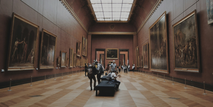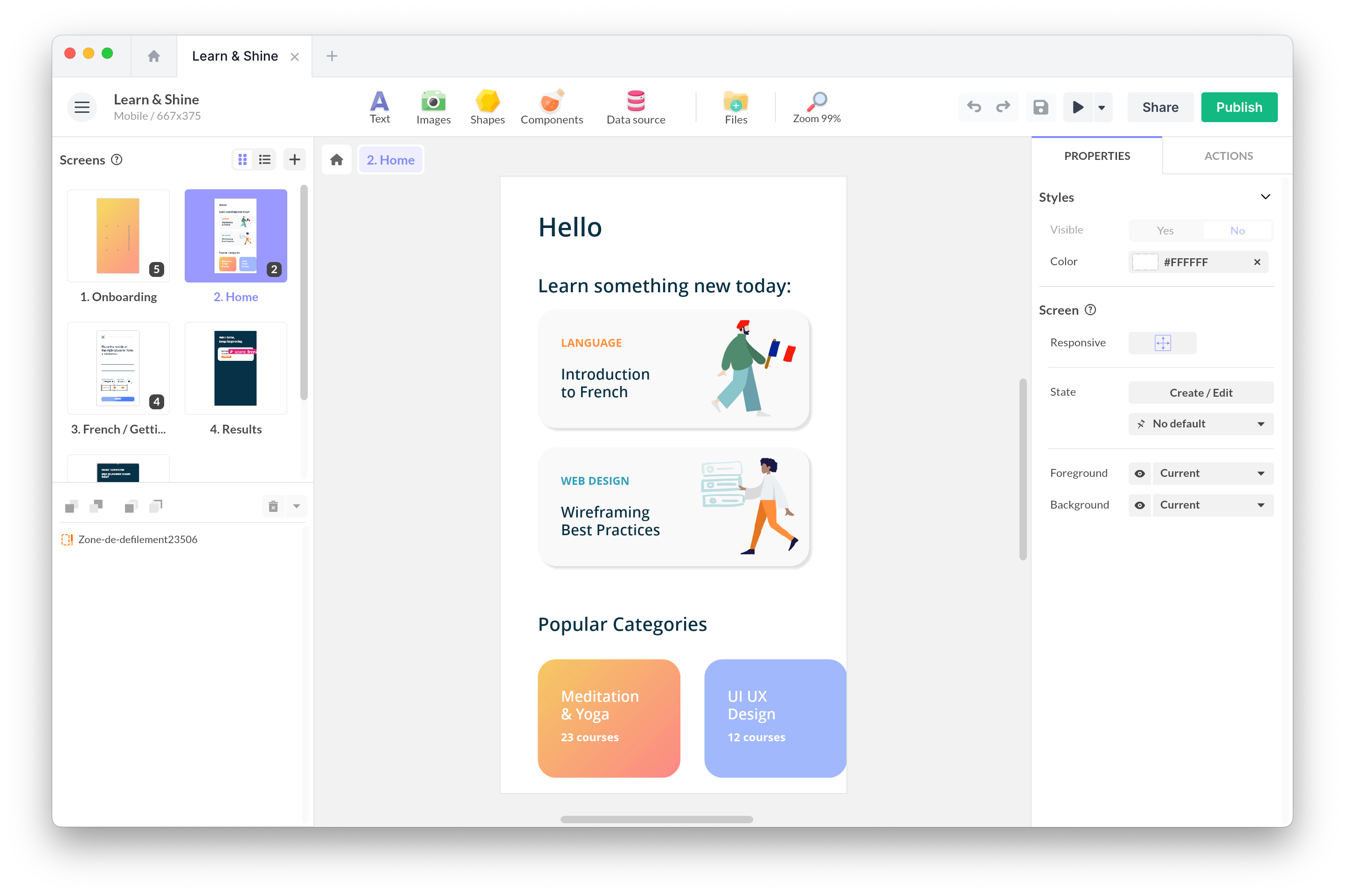Tue, May 21, 2024
Digital Tools to Enhance the Visitor Experience in Museums

Museums are places of exploration where innovative multimedia tools perfectly fit. They add a playful aspect to learning and offer visitors an immersive experience. Digital technologies, such as mobile applications, touch tables, QR codes, and augmented reality, serve as cultural mediation supports, allowing visitors to interact and focus on themes that interest them.
Touching, manipulating, sharing on touch screens, or viewing augmented reality video content with a VR headset, these interactive and engaging tools allow the exploration and appreciation of cultural treasures in a new light, offering immersive experiences limited only by imagination.
Mobile Application

Mobile applications have become essential for cultural venues. They provide a personalized and interactive experience for visitors. Through these applications, visitors can access interactive maps, thematic tours, information about works and artists, as well as enriched multimedia content. Additionally, push notifications can be used to inform visitors about upcoming events, new exhibits, or special offers.
Touch Tables and Interactive Kiosks

These devices allow visitors to interact directly with cultural content via touch interfaces. They can explore maps, historical timelines, high-definition images, and more. These tools make visits more interactive and immersive, enabling visitors to choose and delve deeper into topics that interest them the most.
Content Management System (CMS)

A CMS (Content Management System) allows cultural venues to easily manage and publish online content without requiring advanced technical skills. CMS platforms like WordPress, Joomla, or Drupal enable the creation of dynamic websites to inform and engage the public. These platforms offer the flexibility needed to regularly update content, add new sections, and integrate various media.
QR Code or One-Dimensional Barcode

QR codes and one-dimensional barcodes are simple yet effective tools for providing additional information to visitors. By scanning these codes with their smartphones, visitors can access detailed information, videos, audio guides, or specific web pages.
Augmented Reality

Augmented reality (AR) overlays digital information onto the real world, creating an enriched experience for visitors. In cultural venues, AR can be used to add layers of information to artworks, recreate historical scenes, or offer virtual guides that accompany visitors throughout their tour. This technology makes the visiting experience more immersive and educational.
Serious Games
Serious games are educational games designed to impart knowledge or skills. In the context of cultural venues, they can be used to teach history, art, science, and other subjects in a playful and engaging manner.
Virtual Exhibition
Virtual exhibitions allow cultural venues to present their collections and exhibitions online. This provides an accessible alternative for those who cannot visit in person and enables reaching an international audience. These exhibitions can include high-resolution images, videos, detailed descriptions, and interactive guided tours.
Community Management

Community management is essential for cultural venues wishing to engage and retain their audience. By using social networks, newsletters, and blogs, cultural institutions can communicate with their audience, share news, organize online events, and gather feedback. A good community management strategy helps build an active and passionate community around cultural venues, enhancing their visibility and attractiveness.



